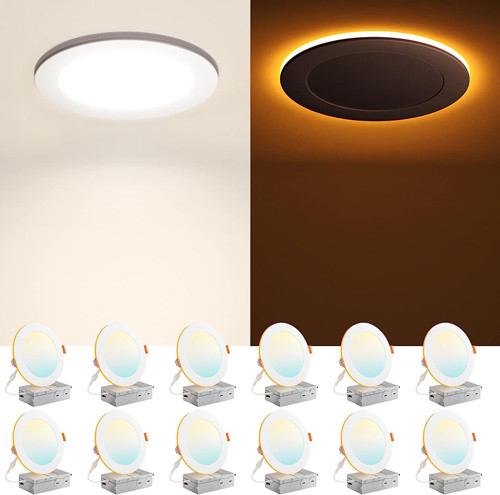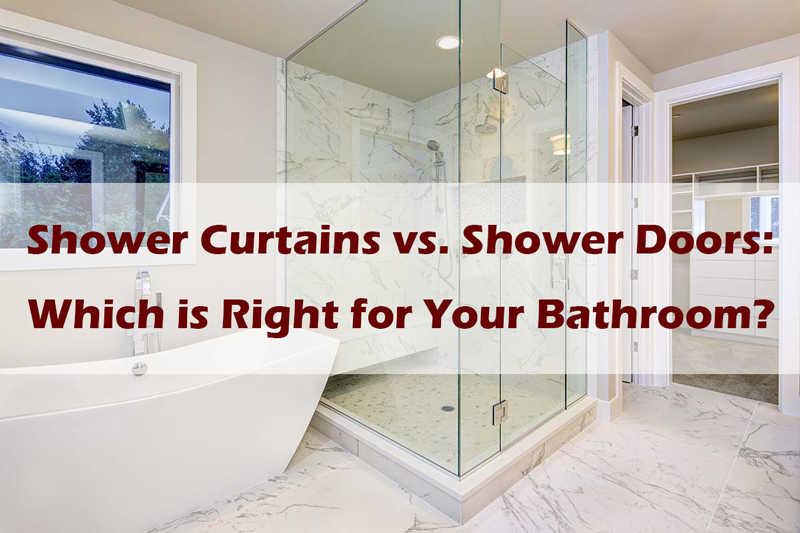
The standard height of bathroom fittings is an important consideration in bathroom design, ensuring both functionality and comfort for users. Various bathroom fittings have different recommended heights based on ergonomics and common usage patterns. This post will explore the standard height of bathroom fittings such as sinks, mirrors, toilets, towel bars, and showerheads, providing a comprehensive guide for anyone involved in bathroom design or renovation.
Sinks and Vanities
The standard height for bathroom sinks and vanities typically ranges from 32 to 36 inches (81 to 91 cm) from the floor to the countertop. This range accommodates the average height of adults, ensuring that the sink is at a comfortable level for washing hands and performing other grooming tasks.
- Pedestal Sinks: These standalone units generally fall within the standard height range, often around 34 inches (86 cm). This height works well for most users, providing easy access without excessive bending.
- Wall-Mounted Sinks: These can be installed at any height, making them suitable for both adult and child use. The flexibility of wall-mounted sinks is particularly useful in accessible bathrooms designed for wheelchair users, where the sink might be set at around 29 inches (74 cm).
- Vanity Units: Standard vanity heights align with the 32 to 36-inch range, but for a more customized fit, vanities can be tailored to the user’s needs. Comfort height vanities, often around 36 inches (91 cm), are becoming more popular, especially in master bathrooms, to reduce back strain.
Mirrors
Bathroom mirrors should be positioned so that the center of the mirror is at the average user’s eye level. Generally, this means placing the mirror around 57 to 65 inches (145 to 165 cm) from the floor. For shared bathrooms, a height around 60 inches (152 cm) is often a good compromise.
- Above Vanity Mirrors: When placing a mirror above a vanity, the bottom edge of the mirror is usually 5 to 10 inches (13 to 25 cm) above the countertop. This ensures that even taller users can see themselves fully without stooping.
- Full-Length Mirrors: For full-length mirrors, the bottom edge should be around 12 inches (30 cm) from the floor, allowing users to see their entire reflection comfortably.
Toilets
The standard height for a toilet seat is around 15 inches (38 cm) from the floor. However, comfort height (or ADA-compliant) toilets, which are 17 to 19 inches (43 to 48 cm) high, are becoming increasingly popular, especially for elderly individuals or those with mobility issues. These heights facilitate easier sitting down and standing up.
Towel Bars and Hooks
The height of towel bars and hooks varies depending on their use and the height of the users.
- Towel Bars: Standard height for towel bars is typically 48 inches (122 cm) from the floor, but this can vary. For children’s bathrooms, a lower height of around 36 inches (91 cm) might be more appropriate.
- Hand Towel Rings: These are usually installed at 48 inches (122 cm) from the floor, similar to towel bars, to ensure easy reach.
- Towel Hooks: Generally, towel hooks are placed at 70 inches (178 cm) from the floor. This height allows towels to hang freely without touching the floor.
Showerheads
The height of a showerhead should accommodate the tallest user in the household while still being functional for shorter individuals. The standard height for showerheads is about 80 inches (203 cm) from the floor, but it can range from 72 to 96 inches (183 to 244 cm) based on the specific needs and preferences of the users.
Grab Bars
Grab bars are essential in bathrooms designed for elderly individuals or those with mobility issues. The standard height for horizontal grab bars in showers or tubs is between 33 and 36 inches (84 to 91 cm) from the floor. For vertical grab bars, the bottom should start around 39 to 41 inches (99 to 104 cm) from the floor, extending upwards to about 18 inches (46 cm) from the top of the tub.
Light Fixtures
Proper lighting is crucial in a bathroom, and the placement of light fixtures significantly impacts their effectiveness. Vanity light fixtures are typically installed around 75 to 80 inches (191 to 203 cm) from the floor. For side-mounted sconces, positioning them 36 to 40 inches (91 to 102 cm) apart and at a height of about 66 inches (168 cm) from the floor is ideal for eliminating shadows on the face.
Considerations for Universal Design
Universal design principles aim to make spaces accessible to all people, regardless of age, size, or ability. When applying these principles to bathroom fittings, consider adjustable heights and fixtures that accommodate wheelchair users or individuals with limited mobility.
- Adjustable Showerheads: Installing a handheld showerhead with an adjustable slide bar allows users to customize the height according to their needs.
- Variable Height Vanities: Some vanities come with adjustable heights or can be installed at a lower height to accommodate wheelchair users, typically around 34 inches (86 cm) from the floor to the countertop.
- Lever Handles: Using lever handles instead of knobs on faucets and doors can make them easier to use for individuals with limited hand strength.
Conclusion of Standard Height of Bathroom Fittings
The standard heights of bathroom fittings play a crucial role in creating a functional and comfortable bathroom environment. Adhering to these standards ensures that bathroom fixtures are accessible and convenient for all users. However, individual needs and preferences can necessitate deviations from these standards. Whether designing a new bathroom or renovating an existing one, considering both standard heights and personal requirements will result in a space that is both practical and comfortable for everyone.
 WOWOW Faucets
WOWOW Faucets







您好!Please sign in